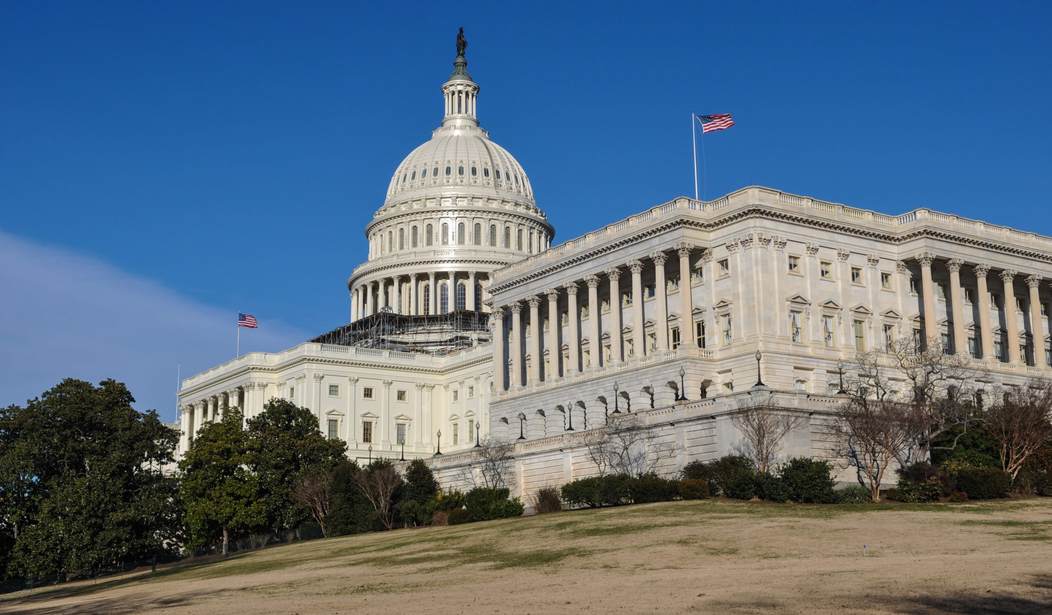Did you know that the cost of welfare and other anti-poverty programs can be reduced without kicking a single person off of those programs? And did you know that efforts at government efficiency started under the Obama administration?
Both of these statements are true. But you may have missed the good news in the midst of a President who Tweets like a teenager, a media which throws tantrums like a teenager, and political parties which act like Mean Girls (which I haven’t actually seen).
I certainly did. Thankfully, Celero Strategies CEO Stan Solowayis here to show us how market forces are slowly moving the trillions-dollar government ship towards more efficiency and cost-effectiveness.
A government contractor consultant, Soloway was previously president of one of the biggest trade associations representing the interests of government contractors. He was also a DoD political appointee for acquisition under the Clinton administration. The below interview with him has been lightly edited for clarity and length.
A new look at anti-poverty programs
In an e-mail interview, Soloway told me that anti-poverty programs “are beset with a range of limitations on what states can do to improve the efficiency and quality of service under those programs.” He described “strict” but “in the modern world, largely unnecessary” limits on data sharing, “a belief that only public employees can be allowed to do certain work…and highly burdensome processes that inhibit” technology-based pilot programs which “improve both service to the recipient” and “payment assurance and integrity.”
Noting that the Trump administration has made changes on the “only public employees can be allowed to do certain work” problem, Soloway pointed to simple ways anti-poverty programs could improve both the finances of the programs and empowering those who use the programs:
The advent of artificial intelligence and machine learning opens the door to enormously effective and efficient program and process improvements; so does the emergence of…technologies that enhance performance and efficiency of call centers. Opening the government’s aperture to new ways of thinking about how these technologies and management techniques could dramatically reduce the administrative costs of these programs, improve the quality of service to those in need, and also reduce waste and fraud should be something both political parties can embrace.
Instead of implementing these changes, said Soloway, “we still require those in need to repetitively prove they are in need, [we] have largely disconnected systems and processes, and [we have] some degree of waste and payment errors.”
Improving military movement efficiency
It’s not just anti-poverty programs which need improving. The military spends about three billion dollars per year moving approximately 500,000 military service members to and from duty stations – but it’s so bad at it that over 100,000 service members and their families signed a Change.org petition last year urging changes.
Soloway said he knows the problem firsthand because he discussed solutions with a former head of the PCS program. According to Soloway, who didn’t name the now-former official, the official thought that the 800-plus commercial vendors who handle PCS moves should bring solutions to the government. “He saw [his agency’s] role as managing/administering the system, not defining what those solutions should be.”
Soloway raised two points in response. First, “to think that 800+ vendors of all sizes and locations could present to the government [effective] solutions” to this problem “was a pipe dream unless the government mandated specifics.”
Additionally, said Soloway, “the entity charged with administering a critical service to our military members should think of itself more as a customer service agency and approach its work in that way.” He described what in the private sector is the common, technology-based system of a centralized office handling questions, providing updates, and providing specific delivery times – none of which was being done.
According to Soloway, the official “agreed, but said ‘that’s just not the way we are organized.’”
Barriers to change
The barriers to change are many. Soloway said in his presentation that unions oppose anti-poverty innovations because of job losses, that politicians spend more time fighting than looking at solutions, changes in administration create changes in priorities, and government inertia creates “we’ve always done it this way” mentalities.
Soloway went further in our interview. He said government has had a “general failure” through the decades “to orient and develop its workforce to think outside the box and take some reasonable, rational risks.” Additionally, there are conflicting priorities within agencies. “Contracting officers are focused on getting procurements out the door, hopefully without a protest; program managers are focused on solutions and outcomes (we hope); financial management personnel are measured on yet another yardstick, and so on.” Soloway said he’s been involved with “an effort to redirect professional development and approaches to a more multi-functional model so that the different parts of the government customer are operating both on the same scripts and with the same incentives and goals.”
The good news
Soloway said that agile leadership and technology-based solutions are slowly but steadily creeping through the federal government. “Like much of the marketplace, the bulk of the government’s significant information technology development has involved large, complex, long term development efforts,” he said. “Enterprise Resource Planning (ERP) systems in some cases took more than a decade to implement; huge, multi-layered business systems; and of course, large, increasingly complex weapons systems.”
“Over the last decade, we have seen a marked shift in the commercial marketplace to much more incremental, ‘agile’ strategies” which Soloway described as testing and proving viability in stages. Thus, they are “able to be modified when and where necessary.” Soloway said this is happening in many agencies, and he cited leadership in these areas at the troubled Department of Veteran’s Affairs and “some components of” the Department of Homeland Security.
Soloway also laid out two effective programs which were introduced by the Obama administration which he said the Trump administration has strengthened. “The Defense Innovation Unit/Experimental was launched in the Obama Administration by Ash Carter; some assumed it would go away after the transition. But it remains and has been made permanent and continues to be a significant force in the DoD. Similarly, the Obama Administration launched the U.S. Digital Service (as well as digital services offices in agencies) and their role and involvement continues to grow and solidify.”
“The movement toward really modernizing government started with the Clinton administration’s National Performance Review; continued with the Bush II ‘E-Gov Initiatives,’ continued to progress through Obama and now Trump — although, to be entirely candid, the villainization of the public sector workforce makes driving change exponentially more difficult,” he added.
Citizen responsibility
Soloway closed our interview with advice for the politically engaged: “We need involved and engaged citizens who are willing to challenge orthodoxies within their own communities.” He said liberals should “challenge traditional perspectives on how to best operate government programs” and conservatives should “stop assuming all government – and government professionals – are the source of all of our problems.”
Soloway said the U.S. has “a fiscal crisis in front of us” that cannot be solved solely through budget cuts or tax increases. While he said Republicans have a “more pronounced and severe” tribalism, he also said Democrats “could be well heading in the same direction.” This tribalism “endangers our ability to pursue those kinds of solutions.”









Join the conversation as a VIP Member